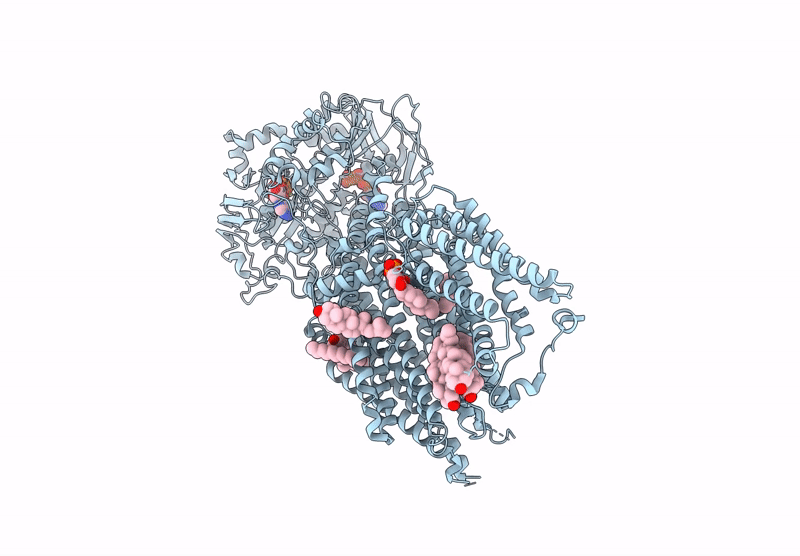
Deposition Date
2024-05-17
Release Date
2024-12-18
Last Version Date
2025-02-12
Entry Detail
PDB ID:
9BUK
Keywords:
Title:
Outward-facing, ATP-bound Multidrug Resistance-associated Protein 2 (MRP2) (E1462Q)
Biological Source:
Source Organism:
Homo sapiens (Taxon ID: 9606)
Host Organism:
Method Details:
Experimental Method:
Resolution:
3.40 Å
Aggregation State:
PARTICLE
Reconstruction Method:
SINGLE PARTICLE


